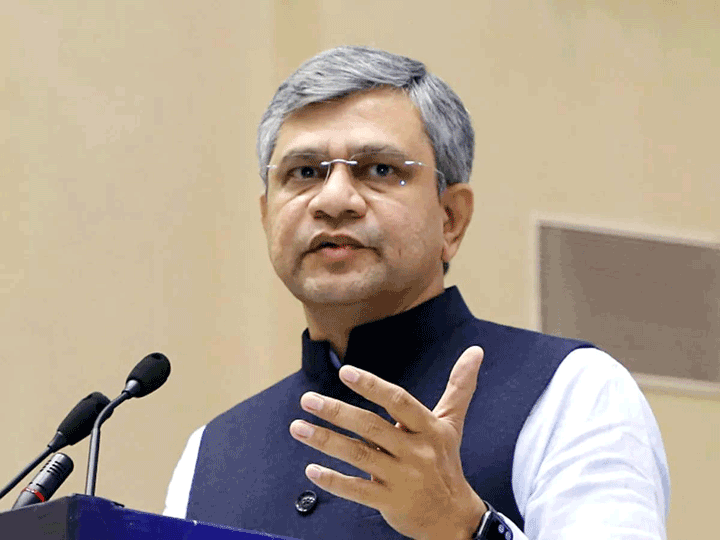Nokia to spearhead EU’s 6G R&D program Hexa-X
Finland’s Nokia Monday said it will spearhead the European Union’s 6G research project–Hexa-X to drive 6G vision. The project aims to create 6G technologies, use cases, and new architecture to integrate 6G enablers.
Nokia’s R&D division–Nokia Bell Labs is said to be already researching fundamental 6G technologies while Nokia said it anticipates 6G to launch commercially by 2030, taking into account the typical 10-year cycle between network generations.
“Even though there is still a lot of innovation in 5G with the release of new standards, we are already exploring 6G in our research lab. In the 6G era we will see applications that will not only connect humans with machines but also connect humans with the digital world,” said Peter Vetter, Head of Access and Devices Research, Nokia Bell Labs.
Vetter added that the secure private connection offered by 6G can be leveraged for preventive healthcare or for creating a network that intuitively “understands our intentions”.
The project stakeholders include network vendors, communication service providers, verticals, and technology providers, as well as leading European communications research institutes.
Nokia Bell Labs, along with the Hexa-X consortium will collectively work on research parameters namely–connecting intelligence, a network of networks, sustainability, global service coverage, network bitrates, and communications trustworthiness.
Additionally, Hexa-X and Nokia are collectively working on 6Genesis, a national program funded by the academy of Finland and led by the University of Oulu, and Horizon Europe Smart Networks and Services, for the R&D of next-generation network technologies and services.











